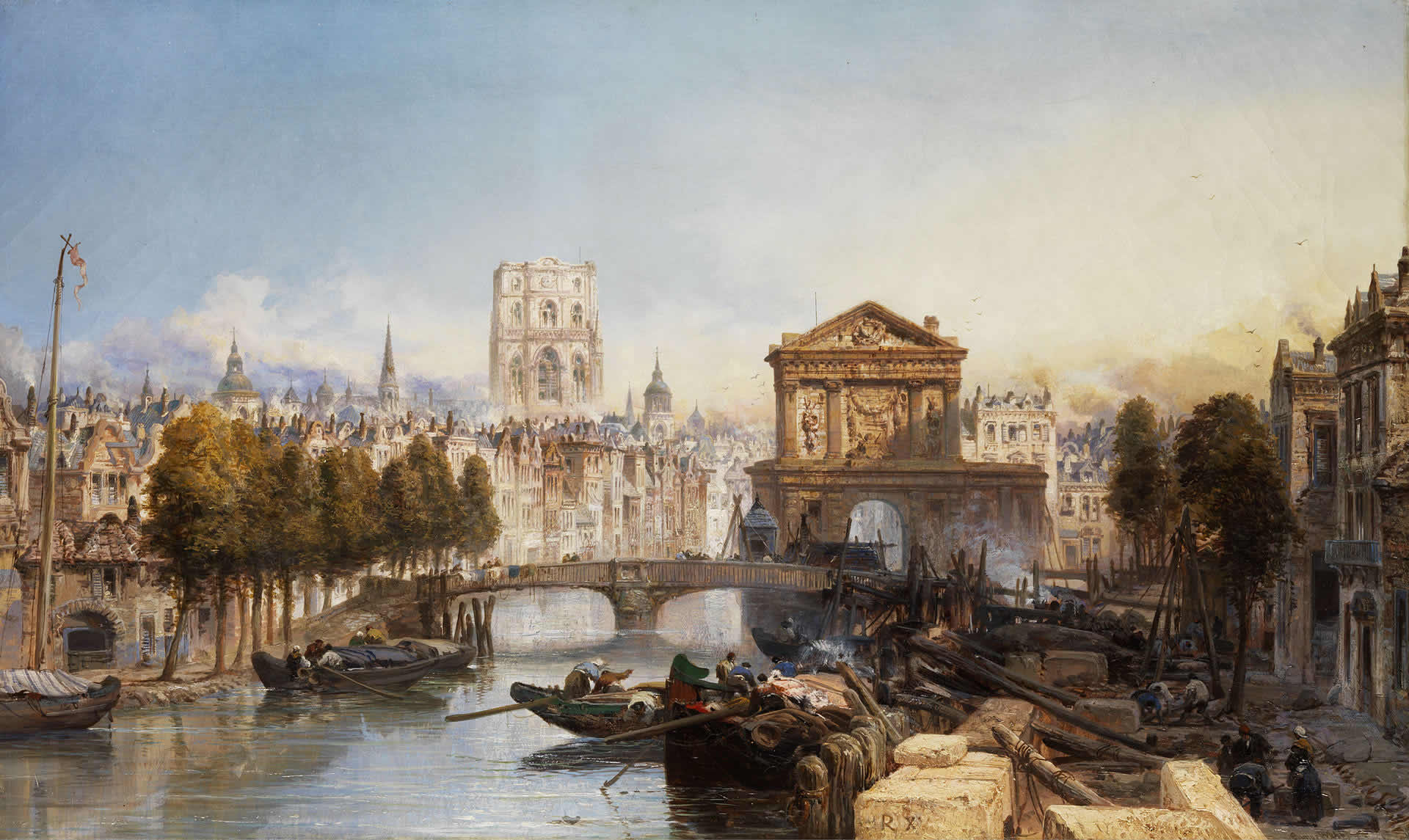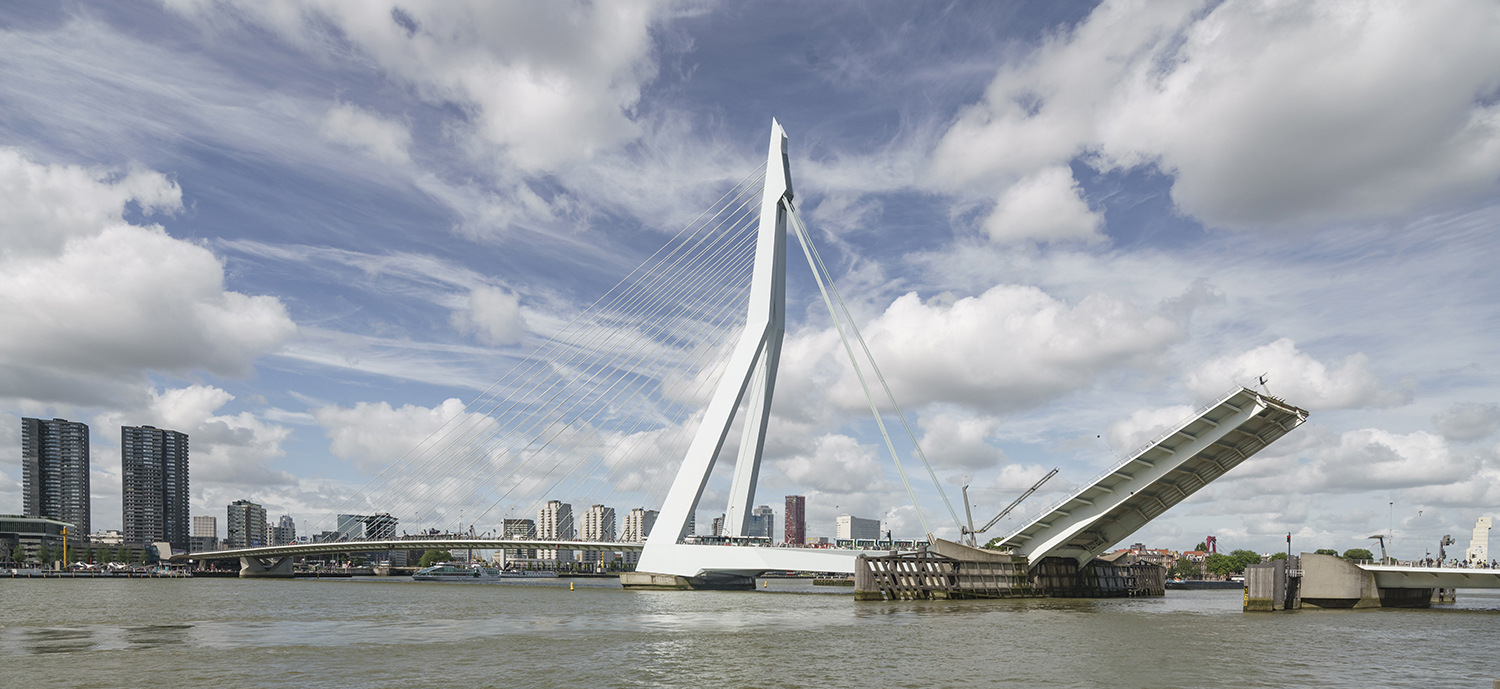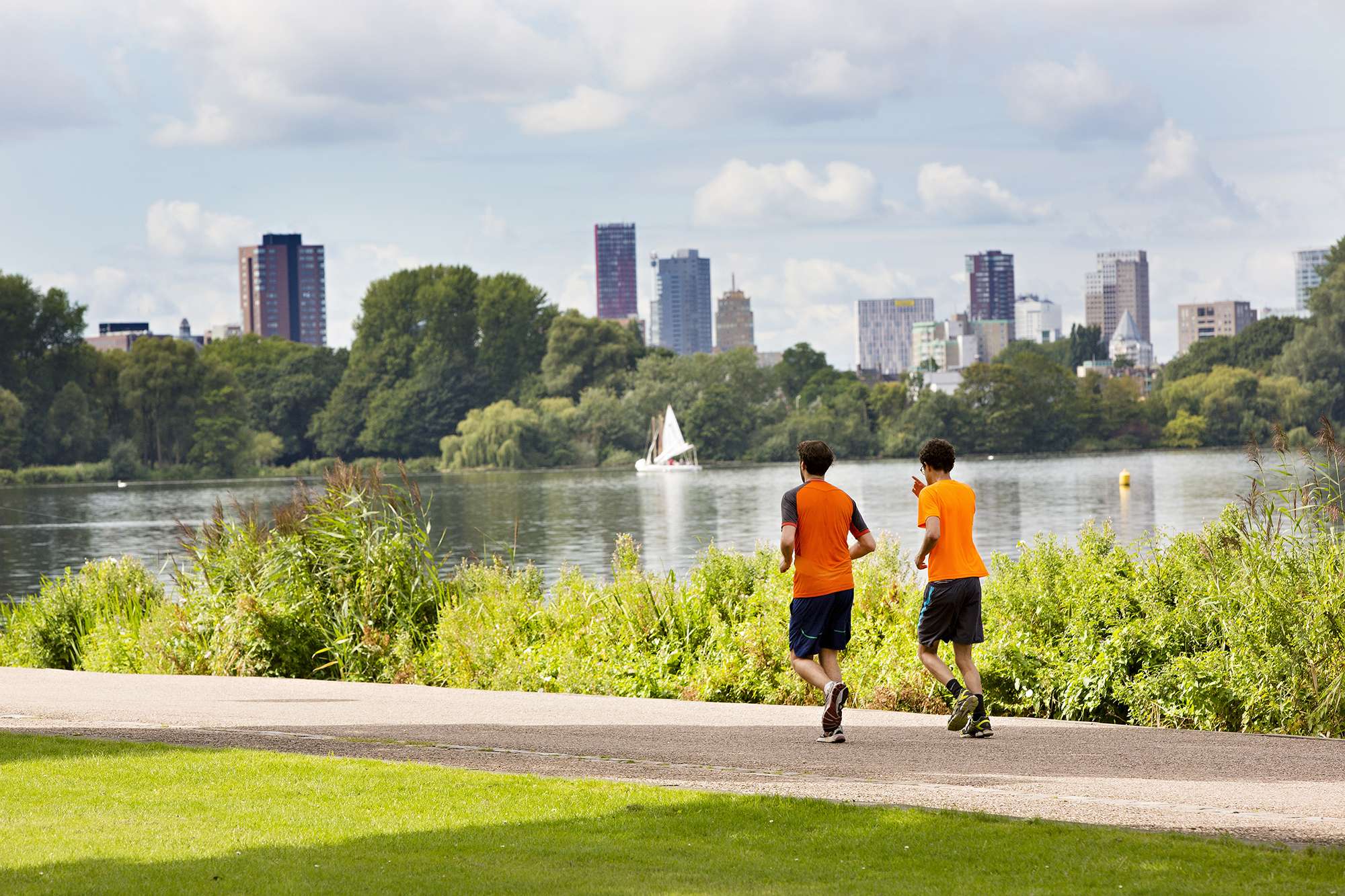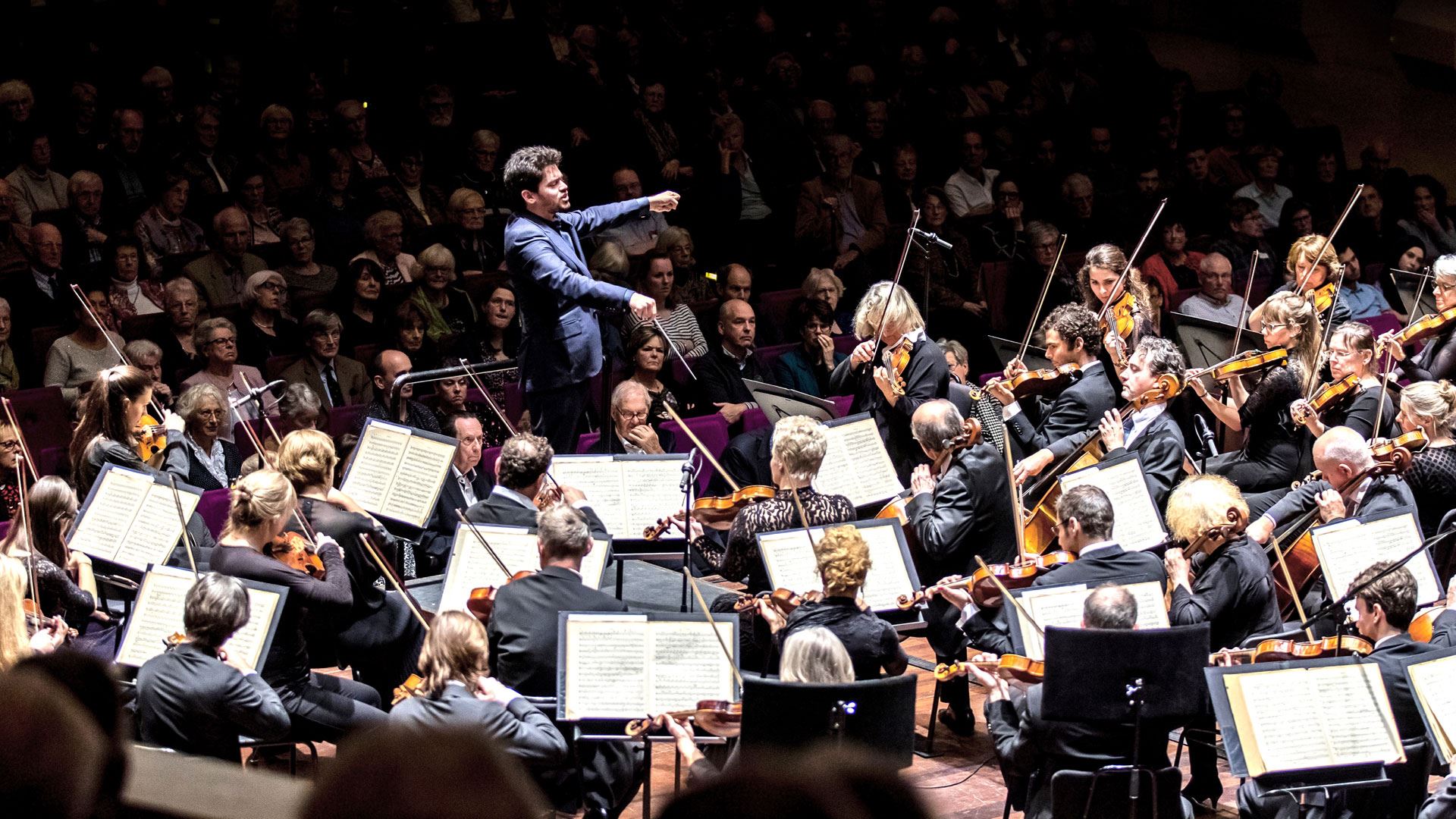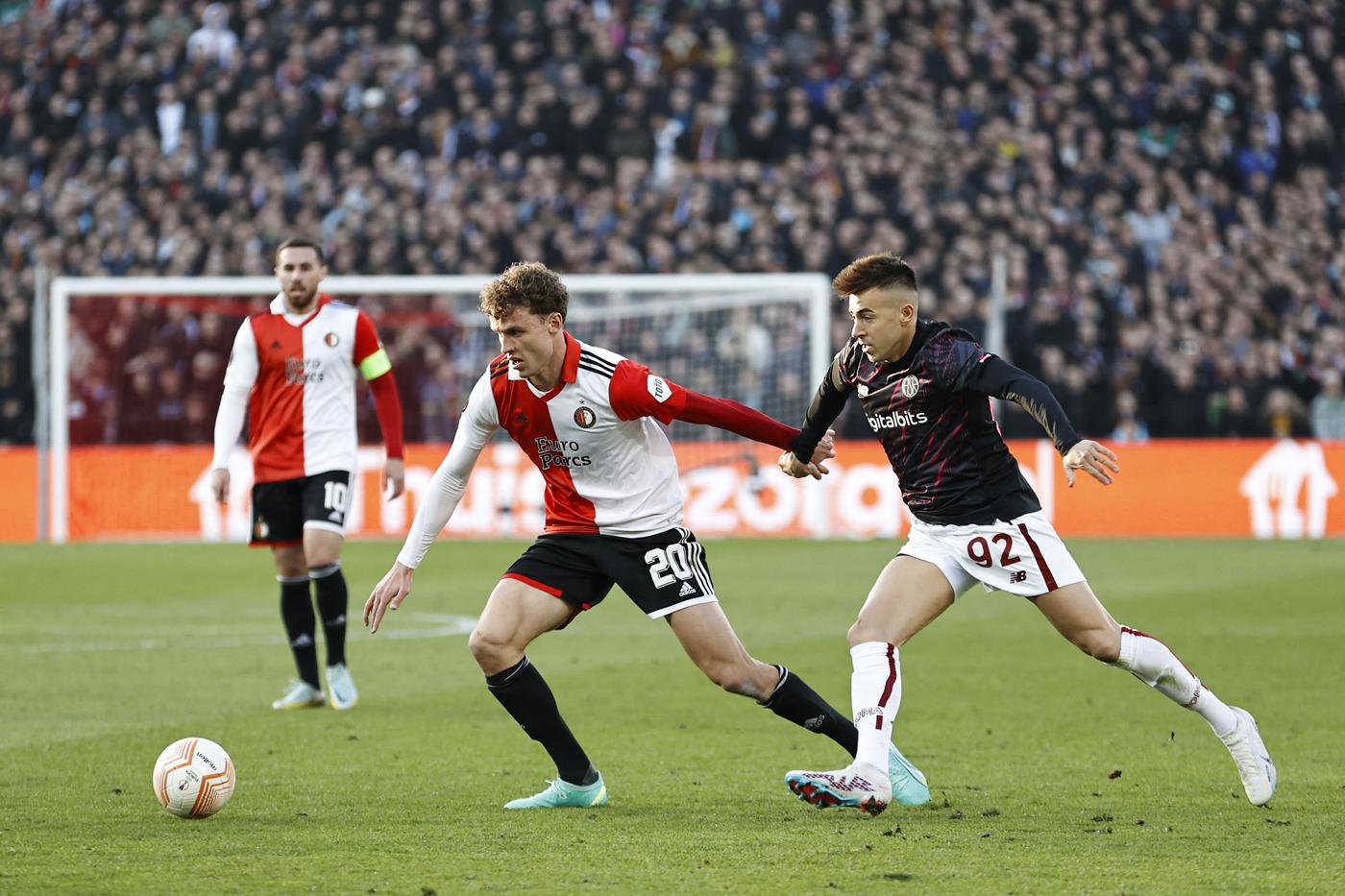Shipping connects the world with the journeys between ports. Take a journey through the port cities and get to know them. The bustling port city of Rotterdam, where history, culture, and maritime prowess converge to provide both visitors and residents an unforgettable experience.
Rotterdam is a place that promises to capture your heart and soul, from breathtaking architectural masterpieces to lush natural surroundings.
History of Rotterdam
As a dam was built in the river Rotte on the location of the modern Hoogstraat, Rotterdam was established in the middle of the 13th century. After receiving municipal privileges in 1340, Rotterdam transformed over the centuries from a small fishing community to a major global hub for trade, transportation, industry, and logistics.
On May 14, 1940, the first day of the Second World War, German bombs completely destroyed the whole city centre. As a result of this, unfortunately, there aren’t many pre-war structures in the city center of Rotterdam. Rebuilding what had been destroyed was given first attention after the war.
Rotterdam as a Port City
Among Europe’s oldest and biggest seaports is the Port of Rotterdam. Considering the German Ruhr district, Paris, and London are all close by, as well as other heavily populated and industrialised areas of Europe, the Rotterdam port is regarded as a strategically significant hub in the continent.
In 1283, a tiny fishing community was established near the mouth of the Rotte River by reclaiming a section of land, giving rise to the Port of Rotterdam. After a canal to the Schie was built, the port expanded and eventually became a significant seaport in 1360. This advancement facilitated the movement of products between England and Germany and gave the port access to the larger northern towns.
After its extension along the Meuse, the Port of Rotterdam rose to become the second-most significant port in the nation. The 17th century saw a surge in the maritime and commercial sectors as the sea route to the Indies was discovered.
When Germany attacked the port in 1940, over one-third of its facilities were destroyed. After World War II, the port began its reconstruction process. Modern-style buildings were erected in place of the ancient traditional structures that were destroyed during the war.
Today, the Port of Rotterdam is a significant global center and the entrance to Europe, thanks to more than 500 deep sea, short sea, feeder, and RoRo ship connections to more than 1,000 ports worldwide.
The Maasvlakte, a port area extension, exemplifies the city’s commitment to innovation with cutting-edge container terminals and environmentally conscious adheres to that will influence future global shipping.
Recently, The “Porthos” carbon dioxide (CO2) transport and storage project in the Port of Rotterdam has received approval from the Council of State to begin construction.
Attractions in Rotterdam
The skyline of Rotterdam is a tribute to its fortitude and will to recover from the tragedy of World War II. The city is home to several stunning architectural marvels that will astound visitors. The Erasmus Bridge, a famous cable-stayed bridge that connects the city’s northern and southern halves, beautifully spans the River Maas. The bridge has come to represent the modern spirit of Rotterdam with its sleek form and magnificent nightly illumination.
The Cube Houses, an avant-garde residential development created by architect Piet Blom, is another stunning architectural marvel that must be witnessed. These residences’ tilted cube shapes are a visual wonder that defies accepted architectural conventions and invites you to enter to see their distinctive interior designs.
Rotterdam has areas of natural beauty that offer respite from the city’s bustle within its metropolitan setting. Featuring a sizable lake, walking pathways, and options for outdoor enjoyment including boating and picnicking, the Kralingse Bos Park is a tranquil haven. Boasting the imposing Euromast serving as a backdrop, the Het Park gardens in the centre of the city offer a peaceful setting for a leisurely stroll.
Rotterdam’s neighbourhoods, markets, and cuisine all reflect the city’s diverse population. The Markthal, which houses a range of ethnic cuisines under one recognisable roof, is a monument to this diversity. The Afrikaandermarkt, a multicultural market that showcases the city’s diverse population of cultures, is located in the Afrikaanderwijk neighbourhood.
Culture of Rotterdam
In 2001, Rotterdam shared the title of European Capital of Culture with Porto. The Rotterdam Philharmonic Orchestra, which performs at the sizable convention and concert venue known as De Doelen, is the city’s own orchestra and is led by the highly renowned young music director Lahav Shani.
The vibrant cultural scene in Rotterdam is mostly based on the area between Museumpark and Witte de Withstraat. Acclaimed institutions in this region include Museum Boijmans Van Beuningen, Kunsthal Rotterdam, and The New Institute, which host significant exhibitions of both contemporary and historical art, design, and photography. You should also spend some time visiting the numerous galleries in the area of Witte de Withstraat and the city centre.
Rotterdam has a long history in sports, especially football. Feyenoord, one of the most popular football teams in the Netherlands, plays its home games at the famous De Kuip stadium in front of a dedicated following. The stadium itself has played host to a number of famous games and international competitions, making it a historical landmark, such as the UEFA Euro 2000 Final.
The Rotterdam Marathon, which takes place in April, is a major occasion that highlights the city’s competitive spirit and thriving neighbourhood. When it was originally conducted in 1981, it instantly attracted attention from around the world due to its speedy field and intense competition. The Rotterdam Marathon is renowned for its celebratory atmosphere, with local villages and neighbourhoods turning out to cheer on the athletes. Participants are inspired to push themselves to their limits by the upbeat environment created by music, dance, and cheerleading teams. The marathon supports philanthropic causes in addition to healthy living and sports. A lot of runners use the race to raise money for different charities.


